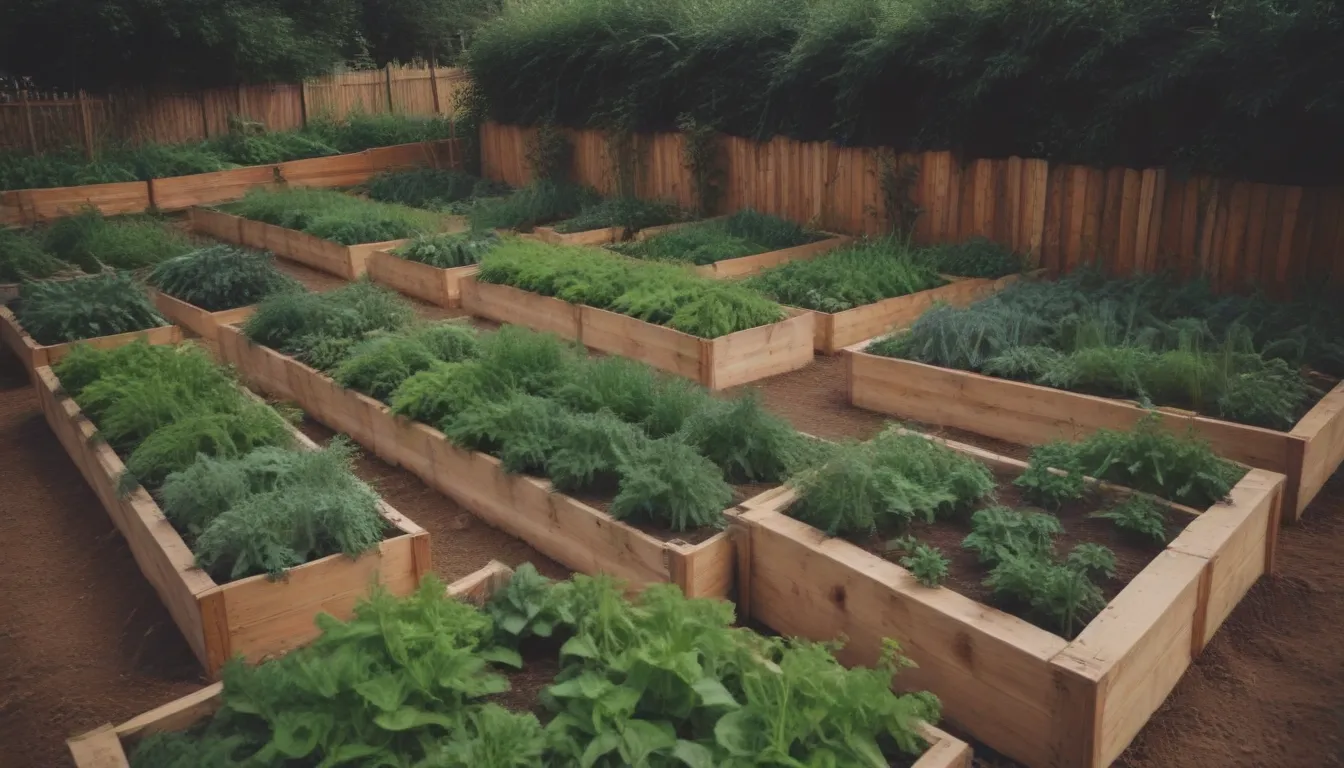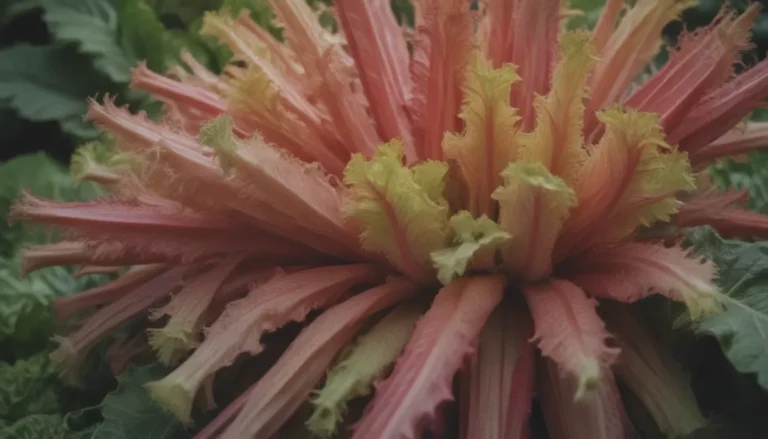A Comprehensive Guide to Raised Garden Beds: Layouts, Growing Plans, and Tips for a Successful Garden

Introduction
Raised garden beds have gained popularity for their numerous benefits, such as improved soil quality, better drainage control, and easier maintenance. Whether you are a seasoned gardener or just starting out, finding the right layout for your raised beds is essential for a successful growing season. In this guide, we will explore the different types of raised garden bed layouts, optimal spacing for planting, and tips for creating a thriving garden. Let’s get started!
Choosing the Right Size Garden Bed
When it comes to raised garden beds, size matters. A good rule of thumb is to have a bed that is 3 to 4 feet wide, allowing you to reach the center without stepping on the soil. The length of the bed can vary depending on your space, but 8 feet is ideal for growing small crops. Instead of one long bed, consider having several smaller 8-foot beds to facilitate crop rotation and maintenance. Keep in mind that you should have enough space between beds to walk comfortably along the sides.
Key Points:
– Optimal size for raised beds is 3 to 4 feet wide.
– Length of 8 feet allows for small crop varieties.
– Multiple smaller beds are preferable for easy maintenance.
Understanding Spacing in Garden Beds
In raised garden beds, spacing plays a crucial role in maximizing yields. In French intensive gardening, crops are planted closer together, leaving little bare soil for weeds to grow. However, this method requires nutrient-rich soil with ample organic matter. Close spacing is effective in raised beds as it allows for higher yields from a smaller space.
Achieving the Right Soil Depth
The depth of your raised bed is vital for the healthy growth of plants. Crops with shallow roots like lettuce and kale require a minimum of 6 inches of soil, while deep-rooted plants need up to 36 inches. It’s essential to provide enough soil depth for roots to grow freely, especially in raised beds with tight spacing.
Pro Tip: Ensure your raised bed soil is rich in organic matter and replenish nutrients regularly for optimal plant growth.
3 Layouts for Raised Garden Beds
There are countless options for designing raised garden beds, ranging from simple and affordable to elaborate and stylish. Here are three basic layouts to consider:
Small and Moveable
Grow bags, flower boxes, and milk crates are budget-friendly options for moveable raised beds. These are ideal for growing herbs, lettuce, and other crops that require minimal space and depth. Grow bags are also suitable for larger plants like blueberry bushes, maintaining the acidic soil pH they need.
Medium and Ready-to-Go
Animal feeding troughs or stock tanks make excellent raised beds with a polished look. These containers are durable and require no assembly, but make sure to drill drainage holes for proper water flow. With a height of at least two feet, these beds are suitable for crops with deep roots.
Large and Customized
Building your own raised garden bed from landscaping timber allows for complete customization in size and height. Using rot-resistant hardwood or pressure-treated softwood ensures longevity. If using treated timber, use a liner to prevent chemicals from leaching into the soil.
5 Tips for Your Garden Plan
- Plan Your Layout: Sketch out your garden plan before planting to maximize space and organize crops efficiently.
- Rotate Crops: Prevent soil depletion and pests by rotating crops each season.
- Mulch Regularly: Mulching helps retain moisture, suppress weeds, and improve soil quality.
- Water Wisely: Provide consistent watering, especially during hot weather, to keep plants healthy.
- Monitor Pests: Keep an eye out for pests and diseases, addressing any issues promptly to protect your plants.
By implementing these tips and selecting the right layout for your raised garden beds, you can create a thriving garden that yields bountiful harvests all season long. Happy gardening!





